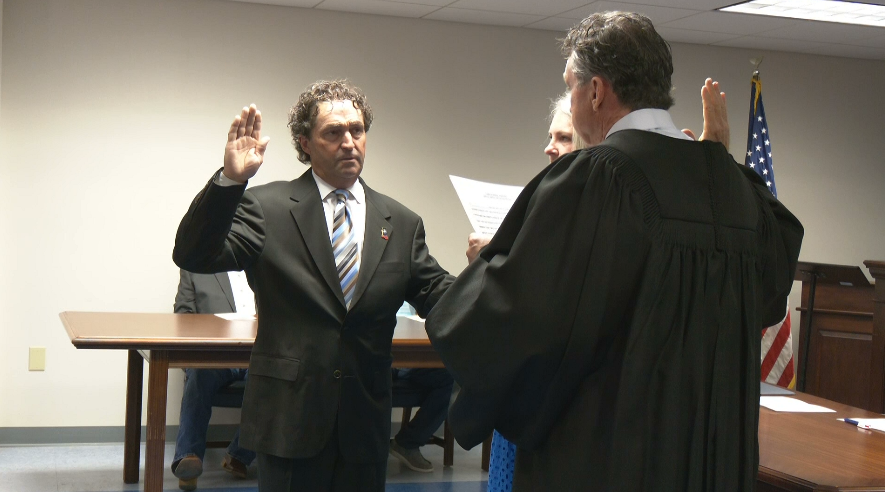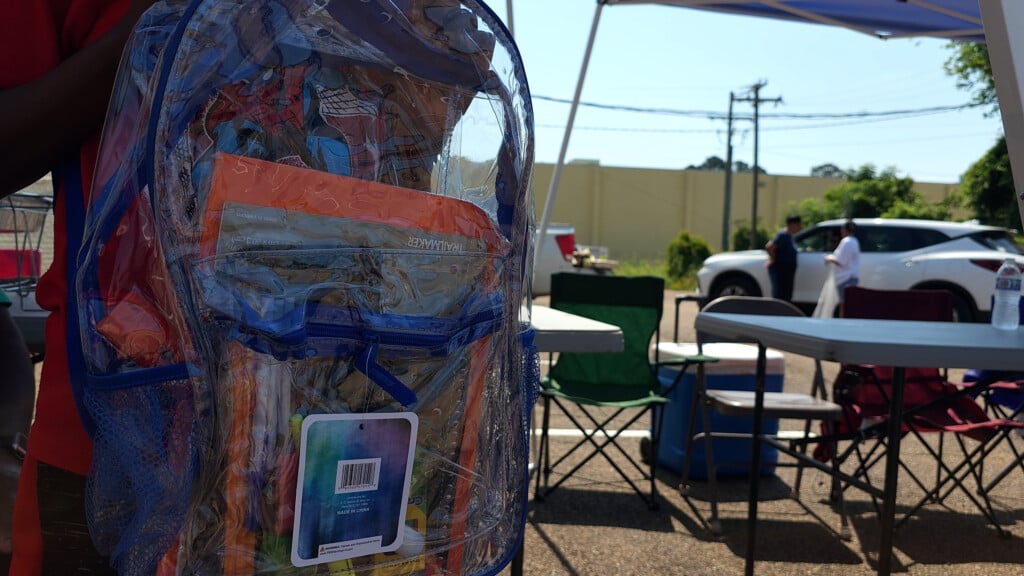White House to meet with Democrats on infrastructure without a concrete plan
President Trump is starting off his latest infrastructure push by reaching across party lines with a meeting with top Democrats at the White house on Tuesday morning. But it remains to be seen whether the White House is setting off on a bridge to nowhere.
Democrats have set out a handful of key — albeit general — principles for piecing together an infrastructure deal, which Mr. Trump has long believed the two sides can work together on, even in hyper-partisan Washington. But the White House acknowledged Monday morning it does not yet have a blueprint ahead of the meeting with Democrats.
“We’re feeling our way, we don’t have anything in concrete,” top Trump economic adviser Larry Kudlow told reporters outside the White House Monday. “We are developing our own policies internally. We very much want to hear what the Senate and House members, what the Democrats want to say, and we will try to react to that. This is an important area, it is good to move slowly but we are trying to do it in a bipartisan way. So we’re looking forward to tomorrow’s meeting.”
Last year, the White House put forward an infrastructure proposal that was criticized for providing very little federal funding and relying heavily on the private sector and private-public partnerships.
This year, Democrats are so for setting forth three key priorities, at least, publicly. Senate Minority Leader Chuck Schumer and House Speaker Nancy Pelosi wrote to Mr. Trump this week, listing three pillars of any infrastructure proposal: significant, new federal funding; clean energy to address climate change; and it must be able to be carried out by many businesses owned by women, veterans and minorities.
When Democrats reclaimed the House in November, Mr. Trump said he thought they could work together on infrastructure. The months ahead will prove whether that’s possible.
“Now we have a much easier path because the Democrats will come to us with a plan for infrastructure, a plan for health care, a plan for whatever they’re looking at, and we’ll negotiate,” Mr. Trump said on Nov. 7, 2018. He added, “From a dealmaking standpoint, we are all much better off the way it turned out” than if Republicans had kept control of the House.”
But infrastructure won’t be easy. Just take it from a former administration official who was involved in discussions over last year’s proposal, a proposal that wasn’t actualized.
In the 2018 infrastructure push, the former official said the president was “very involved” involved in discussions, and was “quite open” to a gas tax. But a gas tax never made it into the proposal, and would likely meet GOP opposition. Rep. Kevin McCarthy, now the House minority leader, supported an initiative to repeal the gas tax in California, and the former official said it’s hard to imagine McCarthy would be supportive of bringing any bill including a gas tax to the floor this time around.
The source said they knew last year’s infrastructure proposal was not going to come to fruition when then-chief White House economist Gary Cohn left the administration. The former official called Cohn a “force of nature” and “phenomenally effective.”
But the bottom line is the president “wants to negotiate, he absolutely would love to sit down and hammer out a deal,” the former official said. Mr. Trump wants to “fix the problem” and have “the world’s best infrastructure in the U.S.”
“He has experience in the area, right, he’s actually built things before and so he feels very comfortable in the issue area. And he wants a deal. Right? But he wants a good deal.”
In the former official’s point of view, one big obvious roadblock last time around, which will also pose a challenge this time around, is that “at the end of the day,” someone has to pay for it. The federal government, in this former official’s perspective, doesn’t have nearly as much unilateral control of infrastructure as it once did. The administration’s 2018 infrastructure proposal was heavily criticized for relying heavily on state and local governments, and providing little additional federal aid. The former official said the problems with U.S. infrastructure run “much deeper” than a lack of revenue, but that message might not translate for Democrats.
“Just throwing more money into the same old buckets does not solve this problem,” the former official said.
Climate change, which the Democrats mentioned in their letter to the president outlining their priorities, is sure to be a contentious point when it comes up for discussion this time around as well, the former official noted.
“Yeah it’s going to immensely challenging, right. I mean infrastructure … it’s somewhat counterintuitive and you need to think about it. And do we need a new system? I think everyone agrees yes we do, what’s the new system look like, there’s not agreement on that, so that’s hard. On top of that you can say, ‘Oh, and we want to address climate change.’ So, is that Green New Deal climate change?…What does that mean and how big does that get? I think it’s going to be very hard for Speaker Pelosi to have a climate change conversation on infrastructure that doesn’t also touch on the Green New Deal.”
— CBS News’ Fin Gomez and Paula Reid contributed to this report.





Leave a Reply